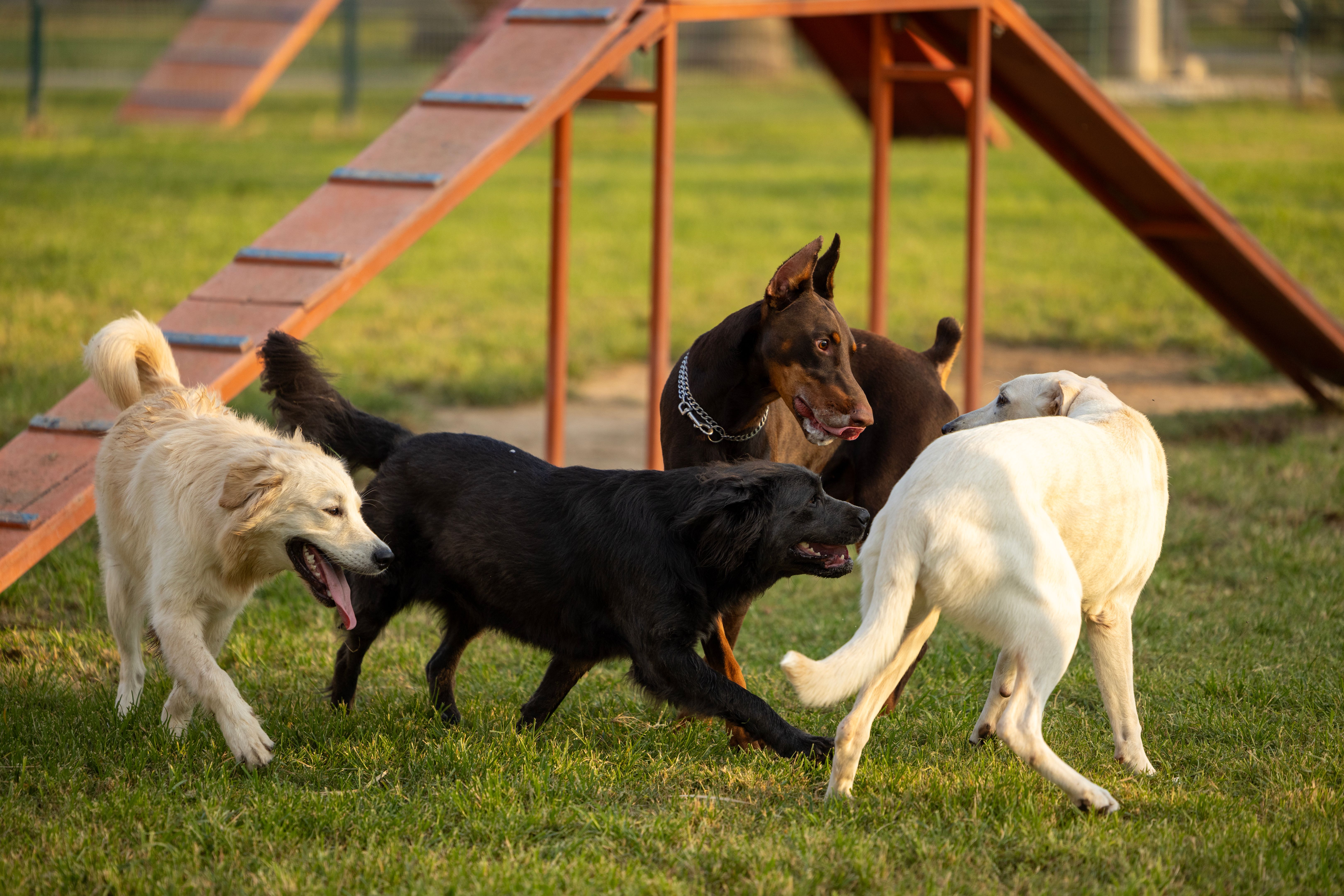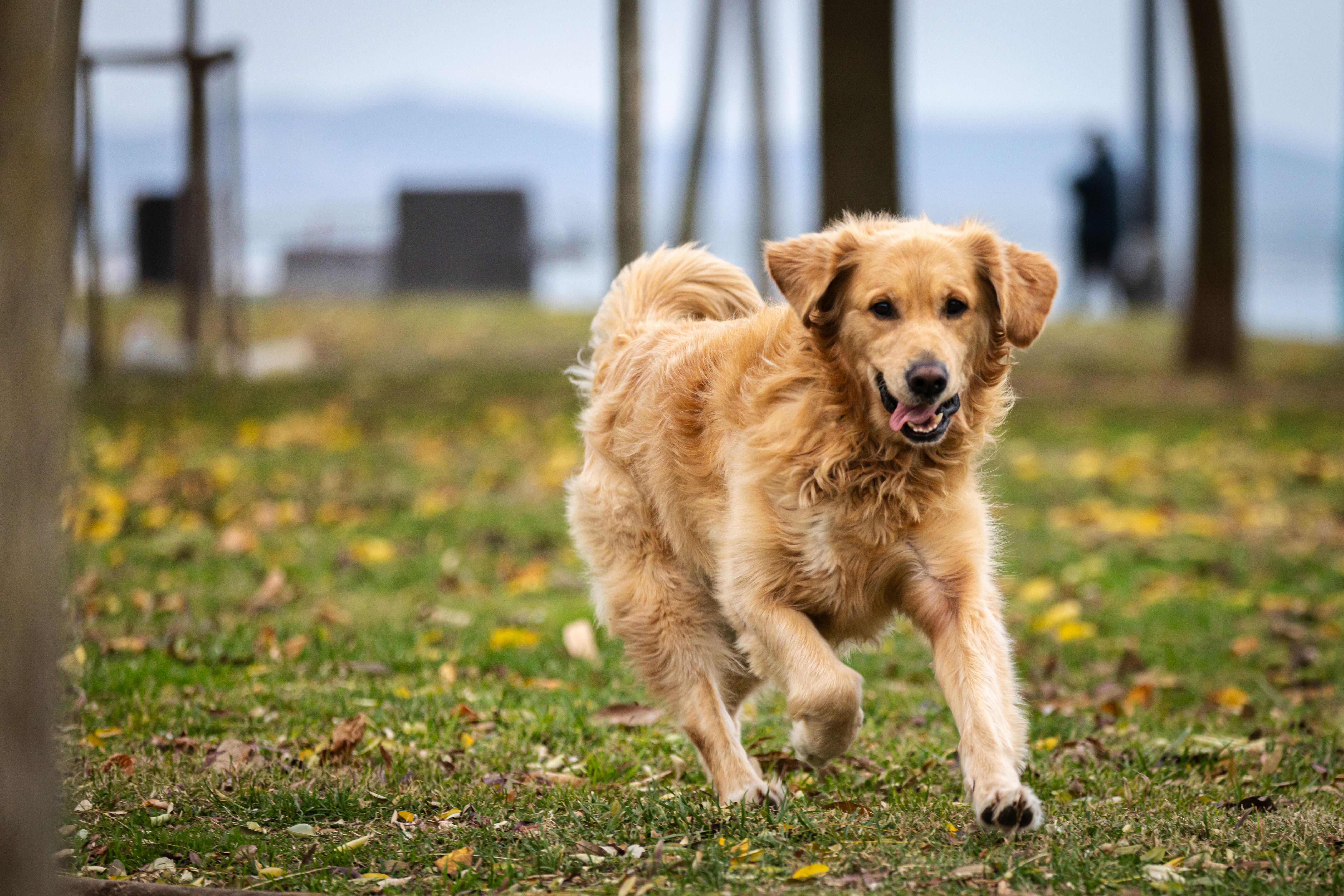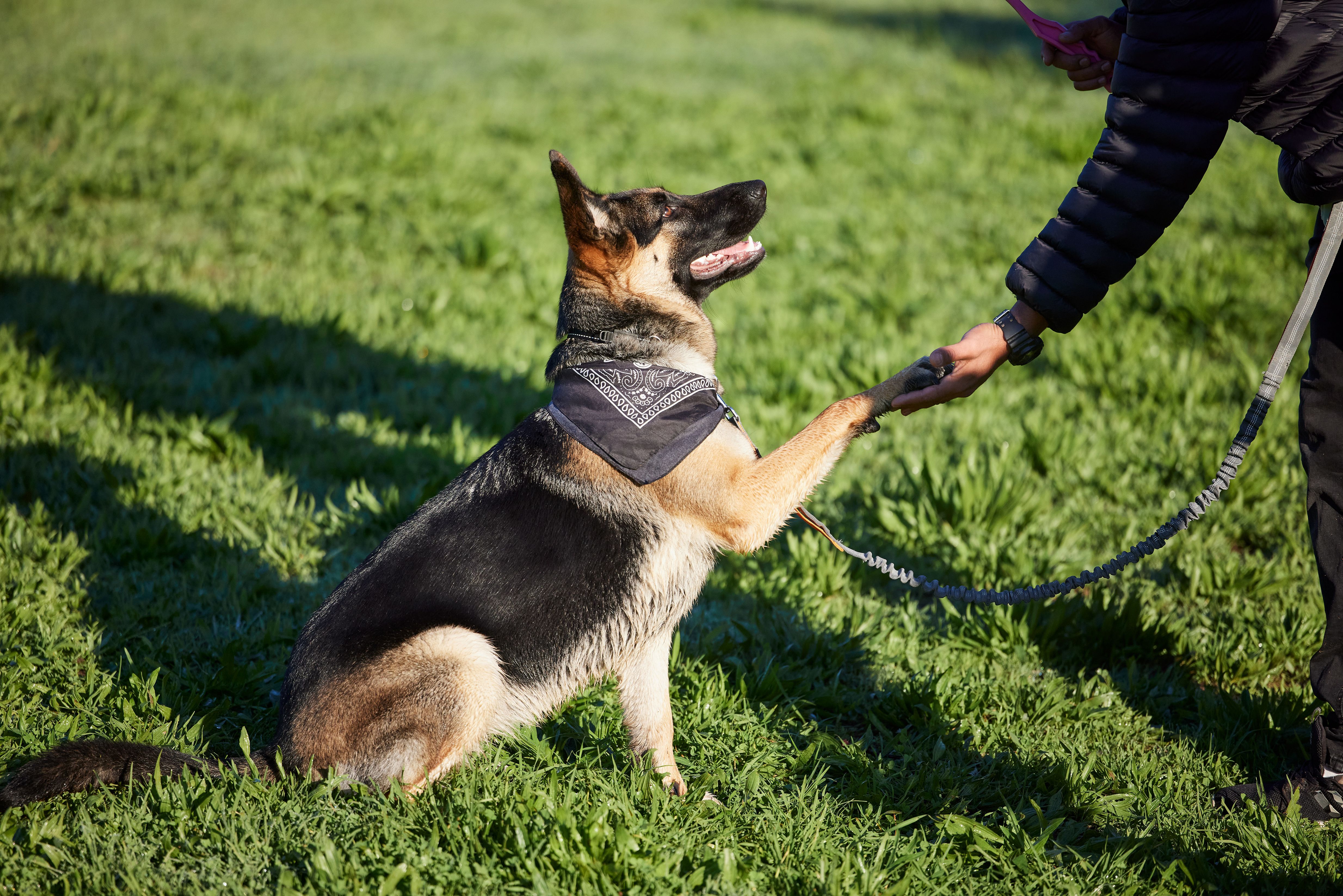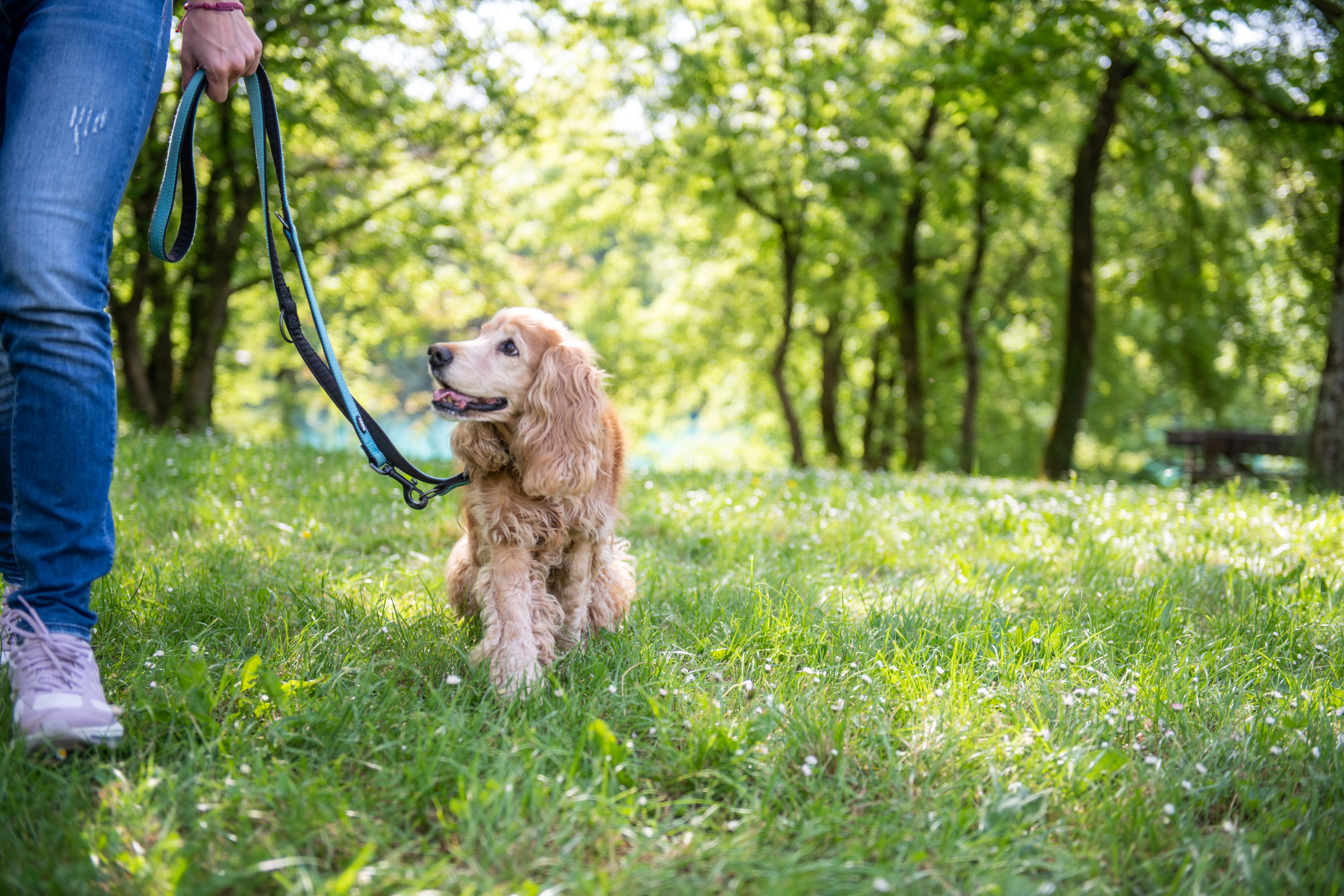Understanding Predatory Shift: Keeping Big and Little Dogs Safe in Boarding
Understanding Predatory Shift in Dogs
When it comes to boarding facilities, ensuring the safety of both big and little dogs is crucial. One of the key aspects of this is understanding the concept of predatory shift. This behavioral change can occur in dogs, particularly in environments where they interact with various breeds and sizes.
Predatory shift refers to the instinctual change in a dog's behavior, where they might begin to see smaller animals as prey. This can be triggered by the dynamic and sometimes stressful environment of a boarding facility. Recognizing and managing this behavior is essential to maintain a safe space for all dogs.

Why Predatory Shift Occurs
Several factors can contribute to predatory shift in dogs. Key triggers include the presence of smaller animals, high-energy play that escalates into aggressive behavior, and environmental stressors such as unfamiliar surroundings. It's important for boarding staff to be aware of these triggers to effectively prevent incidents.
When dogs are placed in a mixed-size group, their natural instincts can be heightened. This is especially true for breeds with a strong prey drive. Understanding the inherent nature of these breeds can help in predicting and preventing predatory behavior.

Strategies to Prevent Predatory Shift
To keep both big and little dogs safe, boarding facilities can implement several strategies:
- Separate Play Areas: Designating specific areas for different size groups can minimize interactions that might trigger predatory shift.
- Supervised Interactions: Ensuring that any mixed play is closely monitored can help in quickly addressing any aggressive behavior.
- Training and Socialization: Regular training sessions focused on socialization can help dogs adapt better to diverse groups.
These strategies not only protect the animals but also provide peace of mind for their owners, knowing their pets are in a safe environment.

Recognizing Signs of Predatory Behavior
Staff should be trained to recognize early signs of predatory behavior. Key indicators include intense staring, stalking movements, and sudden bursts of energy directed towards smaller dogs. Early detection can prevent escalation and ensure the safety of all dogs involved.
Regular staff training on dog behavior and communication is essential. This knowledge can empower staff to make quick decisions and manage situations effectively.
The Role of Owners in Safety
Owners also play a crucial role in maintaining safety. Providing information about their dog's behavior, especially any past incidents of aggression or prey drive, can help staff make informed decisions. Transparency between owners and boarding facilities fosters a safer environment.
Additionally, owners should ensure their pets are well-socialized and follow basic obedience commands. This preparation can significantly reduce the likelihood of predatory behavior during boarding.

Creating a Safe and Enjoyable Environment
By understanding and addressing predatory shift, boarding facilities can create a harmonious environment where all dogs, regardless of size, can enjoy their stay. Implementing strategic measures and fostering a culture of awareness ensures both safety and enjoyment.
Ultimately, keeping big and little dogs safe in boarding requires a collaborative effort. With the right knowledge and practices, facilities can provide a nurturing space where every dog feels secure and happy.
